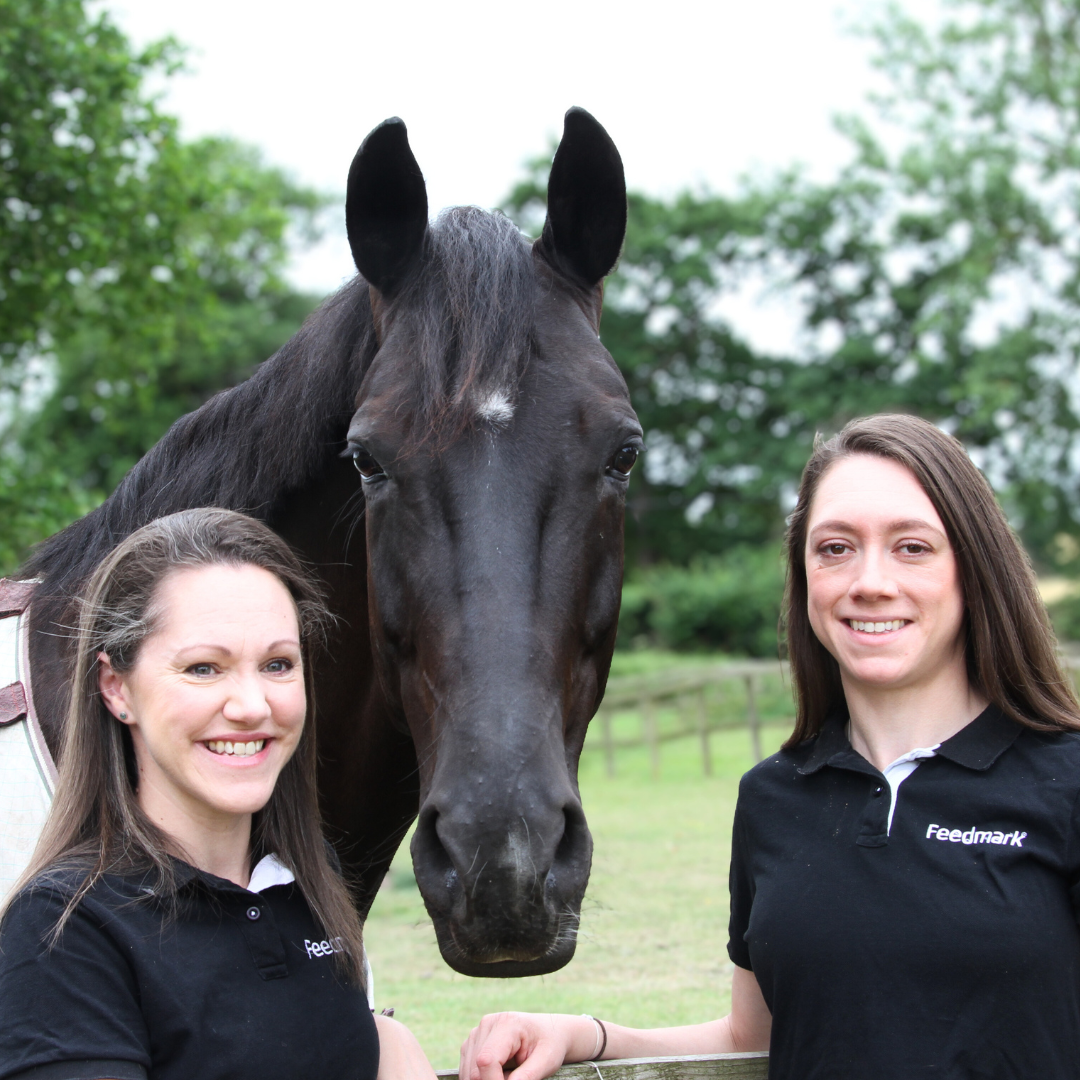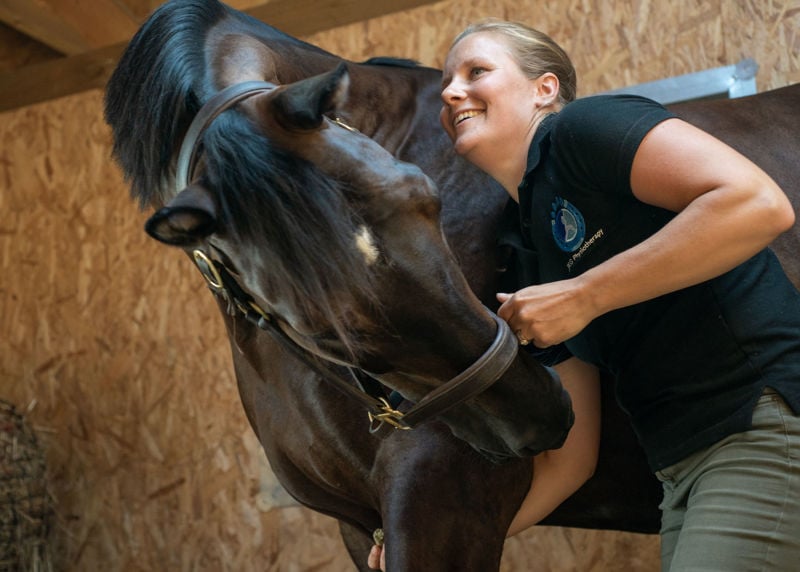We have all been told to ensure we stretch before and after exercise and how important warming up and cooling down are, but how many of us apply these principles to our horses?
Just like humans, it is just as important to keep our horses’ muscles healthy too. There are multiple types of stretches that can aid this process and keep you horse supple, thus helping them to perform at their best (performance horses and non-performance horses both benefit from stretching exercises).
Your horse’s physiotherapist will be able to advise you on the most appropriate stretching exercises for your horse and their specific needs. There are however a few things to consider before performing the stretches:
- Ensure that stretches are carried out correctly with the right techniques
- Only begin stretching when the horse has been warmed up sufficiently beforehand
- Carry out stretches in a safe place
- Never force a stretch and keep an eye out for any signs of discomfort which may indicate an injury
You should never force you horse to stretch, however some may require a little bit of extra encouragement for stretches, making treats the perfect incentive!
So what does stretching actually do?
Muscles are comprised of multiple “bundles” of muscles which are made up of muscle fibres. To create movement muscles must work in pairs, with one shortening (contracting - agonists) and the other lengthening (relaxing - antagonists). Pairs of skeletal muscles, attached to the bones via tendons, then work in groups to pull on the horse’s bones to create movement at the joints. When a particular muscle is either over or underused, it can create stiffness and soreness leading to poor performance and possible injury. Therefore, using stretches can help to avoid stiffness, improve the joints range of motion, and increase flexibility whilst maintaining healthy muscles, tendons and ligaments.
_1000.jpeg)
What are amino acids and why do horses need them?
Amino acids are the building blocks of protein, essential for growth and maintenance of the horse and to keep them alive as they are used to create new tissue. Amino acids also help to synthesise hormones and neurotransmitters meaning they have multiple roles within the body. There are around 20 different amino acids, 10 of which are classed as essential because the horse must consume them within their diet - they cannot synthesise them themselves. Lysine is the first limiting amino acid, and so is the one that your horse is most likely to become deficient in.
If you would like any advice on supporting your horse's muscles, please contact our Equine Nutrition Team who would be happy to help you. You can email [email protected] or call our freephone advice line on 0800 585525.



